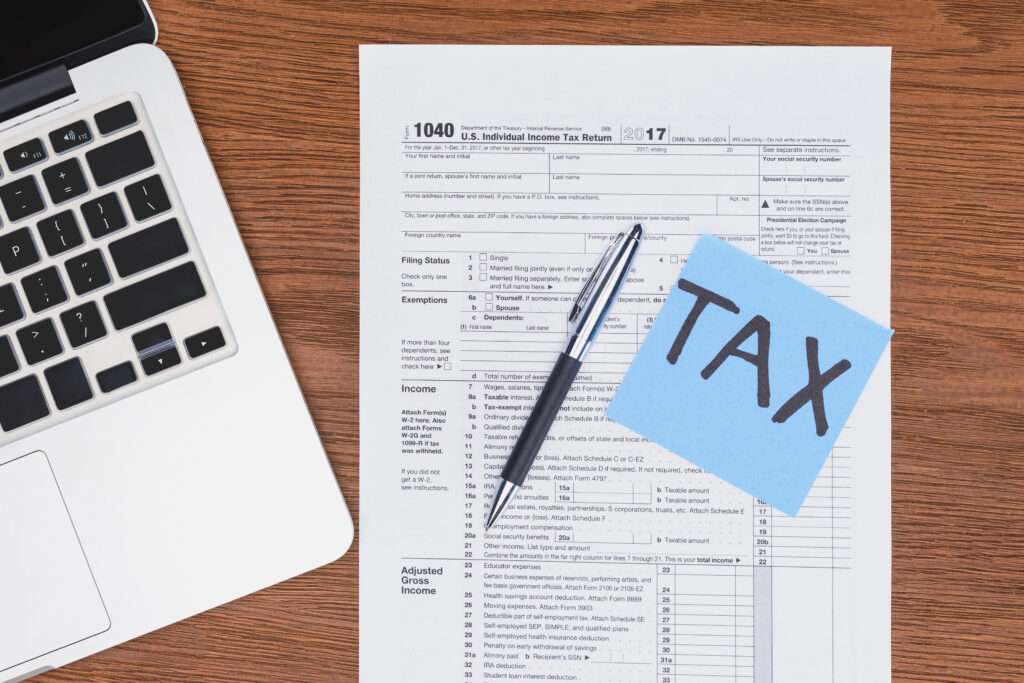Your Favorite Orange County Bookkeepers With How Liquid Is Your Business?

Patty Hansen
Liquidity in business has nothing to do with water, milk, or juice! It describes how quickly you can sell an asset and convert it into cash. Cash is the most liquid asset of all. Real estate, in contrast, is not quite as liquid because it could take months to sell it to a new owner.
Liquidity is important to all businesses. It affects your credit score and how much you can borrow. It is also a measure of whether you can pay your bills on time. Liquidity is one of many measures of the overall financial health of your business.
If your business sells items that take a long time to produce, liquidity can be extremely challenging and should be carefully managed. Examples of this would include farms, wineries, breweries, automobile manufacturers, and biotech researchers.
Liquidity Ratios
A couple of financial metrics can quantify your business’s liquidity. The current ratio is calculated as follows:
Current Ratio = Current Assets / Current Liabilities
The largest components of current assets include cash, cash equivalents, accounts receivable, and any other asset that is expected to be converted to cash within one year. The largest components of current liabilities include credit card balances, accounts payable, bills due, interest payable, and the amount of any loan due within one year. You can find both current assets and current liabilities on your balance sheet.
Companies with a current ratio of less than 2:1 are considered less liquid, while companies with a current ratio of more than 2:1 are more liquid. However, current ratio values and whether they are “good” or “bad” vary by industry, so before you panic, check out your industry benchmarks.
Another measure of liquidity is the quick ratio. It measures how equipped a business is to meet its short-term obligations by taking its most liquid assets, cash equivalents, and using them to pay down current debt. Its formula is:
Quick Ratio = (Cash + Cash Equivalents + A/R) / Current Liabilities
This ratio’s value should typically be 1:1.
Emergency Fund
A good common-sense measure you can use to stay on top of your business’s liquidity is to build a healthy emergency fund. To calculate how much you need, determine how much you typically spend each month. You can get that number by reviewing a bank statement and summing all of the withdrawals including checks paid and online withdrawals. Do this for each bank account you have and include other accounts such as PayPal if you use them for disbursements.
This should give you your total spend per month. Go back a few months to calculate an average spend per month. The farther you go back, the more accurate your average will be, especially if you have large annual payments throughout the year.
If you are using an accounting software, like QuickBooks Online, you can also review your Profit and Loss report by month to see your monthly expenses.
Now that you have your average spend per month, your emergency fund should be a multiple of that spend. Three months’ worth should be the minimum amount in your emergency fund. If you spend $50,000 per month on average, your emergency fund should be $150,000 at a minimum.
An emergency fund will not only make your business more liquid; it will protect you if disaster strikes. According to FEMA, 90 percent of small businesses that experience a disaster will fail within a year unless they can resume operations within five days. Having an emergency fund will increase the odds of your business continuing in spite of any hardship that may occur.
Team One Accounting is here to help! If you have questions for us about your business’s liquidity, starting an emergency fund, or how to gather your profit and loss statement please feel free to reach out to your favorite Orange County Bookkeepers.
Related Posts
Giving Thanks: Celebrating the Season of Gratitude as a Small Business Owner
By: Charlotte Van Dyck As the year winds down and Thanksgiving approaches, it’s the perfect time for small business owners to pause and reflect. Not just on profits and goals, but on the people and partnerships that make their success possible. The giving season offers more than a chance to say, “thank you.” It’s an…
Read MoreTax Season (Finally) Wrapped Up? How to Stay Ahead for Next Year
By: Charlotte Van Dyck If you’re a small business owner who filed for an extension, congratulations, you made it! The October tax filing deadline marks the official end of the prior year’s tax season, and for many business owners, it’s a huge relief to finally cross that finish line. As the rush of extensions winds…
Read MoreThe Detective Work of Bookkeeping: Solving the Mysteries in Your Numbers
By: Charlotte Van Dyck October is the perfect time for a little mystery, and in bookkeeping, there’s plenty of it. While we may not be chasing ghosts or haunted houses, we do spend our days tracking down missing receipts, uncovering financial “phantoms,” and solving the occasional spooky surprise in a business’s books. At Team One…
Read More


